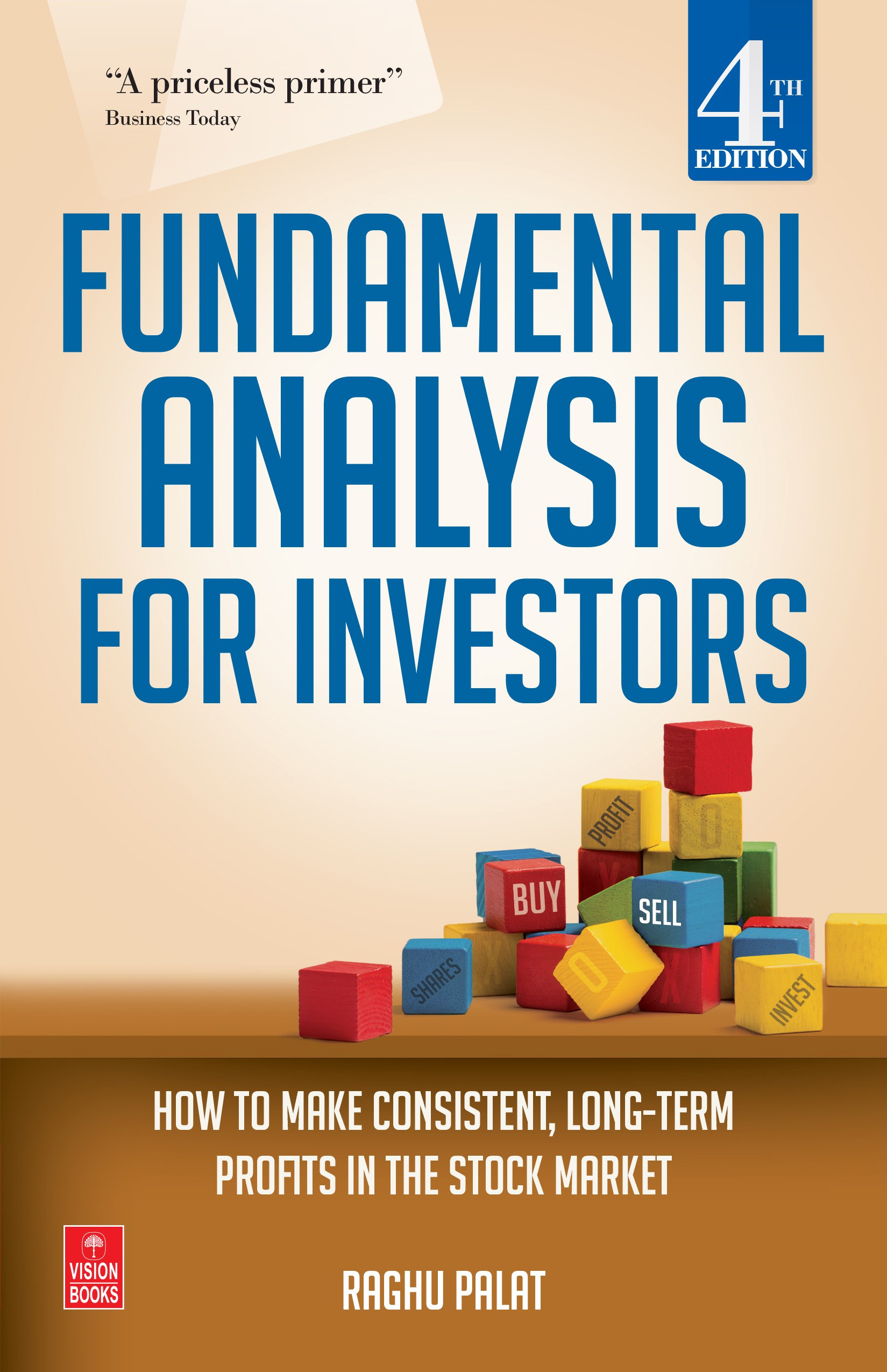Introduction: Unveiling the Secrets of Forex Market Dynamics
In the ever-evolving labyrinth of the financial markets, the foreign exchange (forex) arena beckons traders with its allure of immense liquidity and volatility. To navigate this dynamic landscape successfully, it’s imperative for traders to possess a deep understanding of fundamental analysis. This analytical approach delves into the underlying economic, political, and social factors that drive currency values, providing invaluable insights to guide informed trading decisions.

Image: forexpropreviews.com
Embarking on this journey of fundamental analysis, we delve into its historical roots, unraveling the intricate tapestry of factors that have shaped the evolution of currency markets. From the Bretton Woods system to the rise of floating exchange rates, we trace the path that has led to the complexities of today’s forex market. With this historical foundation, we embark on a voyage of discovery, exploring the diverse array of macroeconomic indicators that serve as the compass for fundamental analysts. Gross domestic product (GDP), inflation, interest rates, and geopolitical events all play a pivotal role in shaping the fortunes of currencies.
Deciphering the Macroeconomic Signals: A Forex Trader’s Toolkit
Economic growth, as measured by GDP, serves as a fundamental barometer of a nation’s productive capacity and overall economic health. Robust GDP growth often translates into a strengthening currency, while sluggish growth can exert downward pressure. Inflation, on the other hand, measures the general price level of goods and services. Rising inflation can erode the purchasing power of a currency, diminishing its value against its peers. Conversely, stable or low inflation is generally considered a positive sign for currency stability.
Interest rates, a key tool employed by central banks to influence economic activity, hold significant sway in the forex market. Higher interest rates tend to attract foreign investment, boosting demand for a nation’s currency. Conversely, lower interest rates can weaken a currency by diminishing its appeal to foreign investors. The interplay between these macroeconomic indicators creates a complex web of cause-and-effect relationships, offering discerning traders a rich tapestry of signals to guide their decision-making.
Navigating Geopolitical Currents: The Impact of Politics on Forex Markets
In the tumultuous world of global politics, events often unfold with dramatic consequences, sending ripples through the forex markets. Armed conflicts, trade disputes, and political instability can trigger sharp fluctuations in currency values. Traders seeking to anticipate these shifts must vigilantly monitor geopolitical developments and assess their potential impact on currency markets.
Forex traders must remain abreast of global events by staying informed through reputable news sources (avoiding rumors and relying on trustworthy data). Understanding the underlying motivations of governments and the potential consequences of their actions, traders are better equipped to anticipate market movements. Equipped with this knowledge, they can navigate the turbulent waters of political uncertainty and position themselves accordingly.
Extracting Value from Economic Data: Practical Applications for Forex Traders
Having navigated the theoretical landscape, we now enter the practical realm, where we explore how to incorporate fundamental analysis into real-world trading strategies. Beginning with the release of key economic indicators, the process demands precision and attention to detail. Traders must identify the scheduled dates for these releases and diligently gather the data from official sources, such as government websites or reputable financial publications.
Once the data is acquired, it’s time to scrutinize it meticulously. Identify any deviations from expectations, as these divergences often signal potential trading opportunities. Compare the latest data to historical trends to gauge the significance of the deviation. Significant deviations from established patterns warrant greater attention and can indicate significant market shifts.
Technical analysis, a complementary approach to fundamental analysis, can provide additional insights. By combining technical indicators with fundamental analysis, traders can identify potential trading opportunities with increased precision, harnessing the power of both worlds. Technical analysis involves studying price charts and identifying patterns to predict future price movements. Complementing fundamental analysis, it enhances the ability to capitalize on emerging trends and patterns.

Image: evisakonobip.web.fc2.com
The Art of Risk Management: Protecting Capital in Currency Markets
As we delve into the intricacies of fundamental analysis, it is imperative to emphasize the paramount importance of risk management. The forex market, with its inherent volatility and potential for rapid price swings, demands a disciplined approach to managing risk. Traders must establish clear risk limits and strictly adhere to them, ensuring that potential losses remain within acceptable bounds.
Risk management strategies vary depending on individual risk tolerance and trading style. Some traders may opt for hedging strategies, which involve using derivative instruments to offset the risk associated with their primary positions. Others may employ position sizing techniques, carefully calibrating the size of their trades relative to their account balance and risk appetite. Regardless of the chosen approach, effective risk management is the cornerstone of successful forex trading.
How To Fundamental Analysis Forex
Conclusion: Harnessing Fundamental Analysis for Forex Trading Success
Fundamental analysis empowers traders with a comprehensive understanding of the underlying forces that drive currency values. By meticulously analyzing macroeconomic indicators, geopolitical events, and technical factors, traders can gain valuable insights to guide their decision-making and navigate the complexities of the forex market.
In this comprehensive guide, we have provided a roadmap for mastering fundamental analysis, arming traders with the knowledge and techniques to navigate the dynamic landscape of global currency markets. Remember, consistent effort and a commitment to continuous learning are essential ingredients for success in the ever-evolving world of forex trading.






